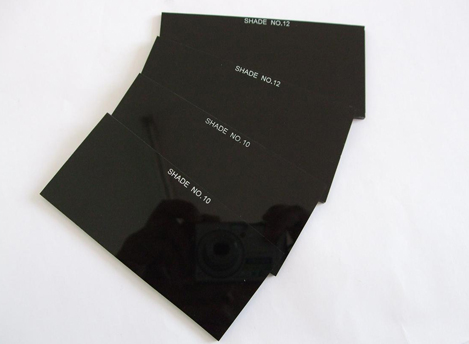According to the British "Daily Mail" report on March 6, scientists at a university in the United Kingdom recently announced a breakthrough new result. They have developed a method of welding glass and metal through an ultra-high-speed laser system.
Researchers at Heriot-Watt University in the U.K. used very short infrared light pulses to fuse two materials together along the joint. Researchers believe that this new process is expected to change the manufacturing industry and will be useful in the fields of aerospace, defense, optical technology and even medical care.
Professor Duncan Hand, director of the EPSRC Laser Production Process Innovation Manufacturing Center, said: “In the traditional sense, it is difficult to weld two completely different materials together due to different thermal characteristics. High temperature and thermal expansion will first cause The glass shattered."
He said that welding glass and metal together will be a huge improvement in manufacturing process and design flexibility. Currently, equipment and products involving glass and metal are usually glued together by adhesives, which is troublesome to use, and parts may gradually fall off or move. In addition, volatilization is also a problem-the organic chemicals in the adhesive will gradually be released, resulting in a shortened product life.

Through experiments, researchers have successfully welded various optical materials such as quartz, borosilicate glass, and sapphire to aluminum, titanium, stainless steel and other metals. The duration of the infrared light pulse is only a few picoseconds (equivalent to the concept of 1 second in 30,000 years). The scientist puts the two materials that need to be welded into close contact, however, the laser is focused through the optical material to form a very small and high intensity spot.
This creates a micro plasma (similar to the formation of a tiny lightning ball inside the material), surrounded by a highly confined melt area. Scientists tested these welds at temperatures of minus 50 to 90 degrees and found that they were tightly bonded and strong enough to handle extreme conditions.






